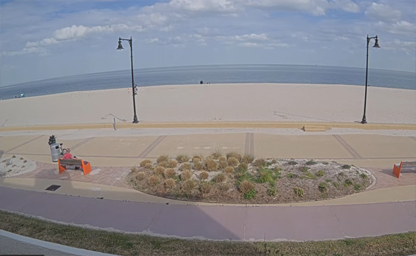
Buckroe Beach
A neighborhood in the independent city of Hampton

A neighborhood in the independent city of Hampton
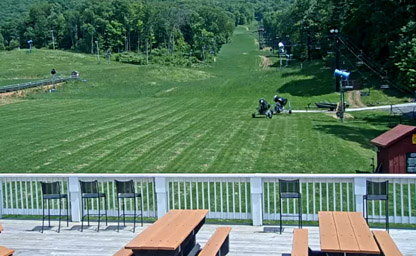
Located amidst the beauty of Virginia's Allegheny Mountains
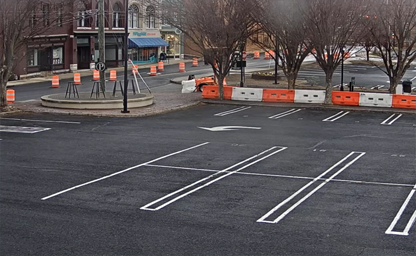
A national historic district located at Staunton

Hotel Roanoke & Conference Center overlooking the Norfolk & Southern railroad tracks and Roanoke Amtrak station
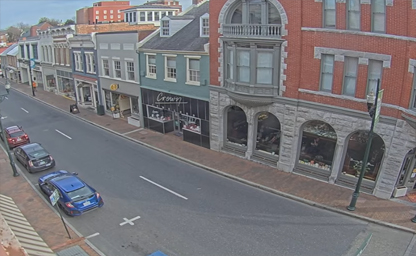
Reveals the architecture of the East Beverly Street neighborhood
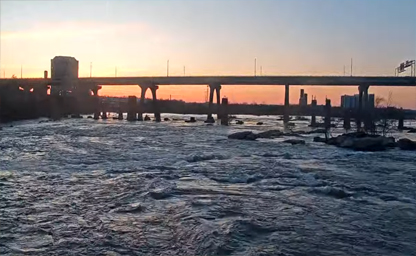
The James River watershed spans 39 counties and 19 cities and towns
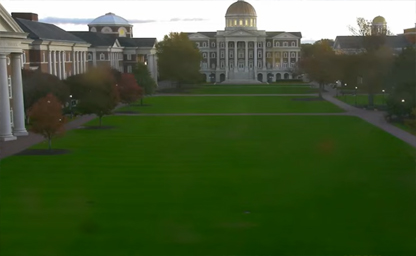
A four-year public liberal arts and sciences university in Newport News
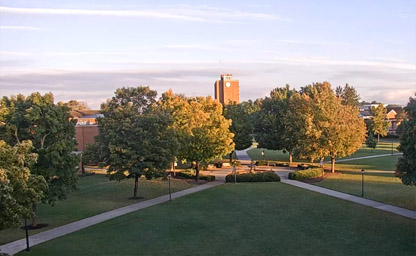
Experience the vibrant culture of Radford and its surroundings
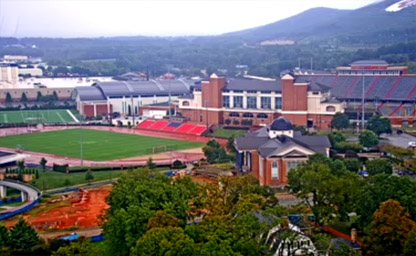
A private evangelical Christian university in Lynchburg
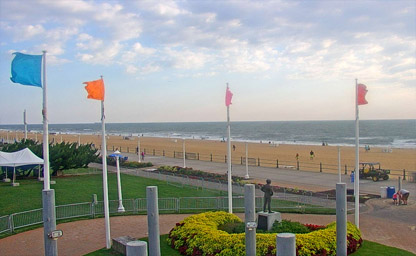
Located nearby to Virginia Beach Art Gallery
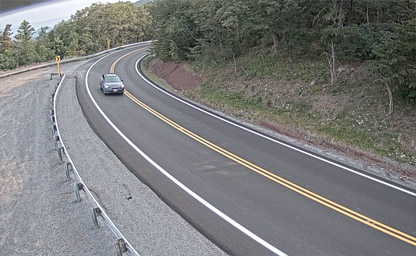
A mountain ridge in Virginia and West Virginia
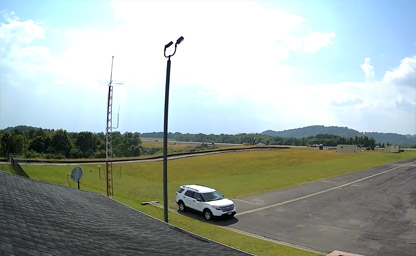
It is the county seat of Wise County
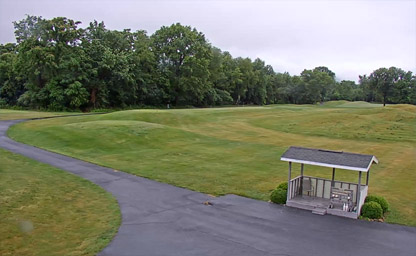
A census-designated place in Augusta and Nelson counties
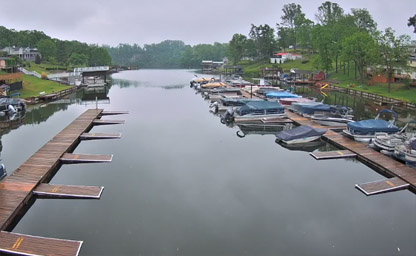
A 472-acre state park in Pulaski County, Virginia
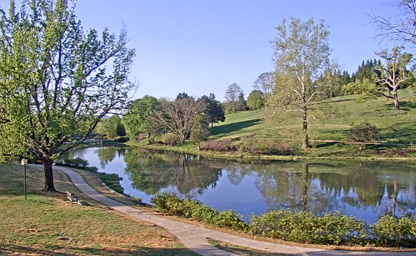
Go out and tour the historic mountain town of Charlottesville
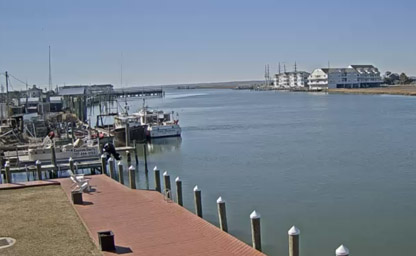
Located from the Hampton Inn on Chincoteague Island, Virginia
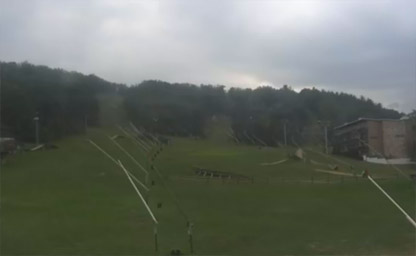
Detailed conditions reports to help you plan for your trip
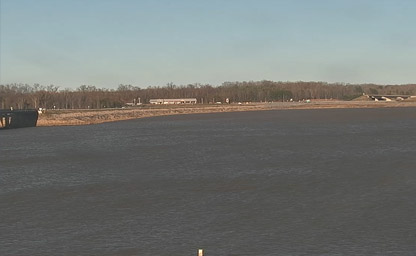
Discover why the residents of Clarksville's Lake Country say it's a great place to live

Surround yourself with natural beauty at the largest lake in Virginia
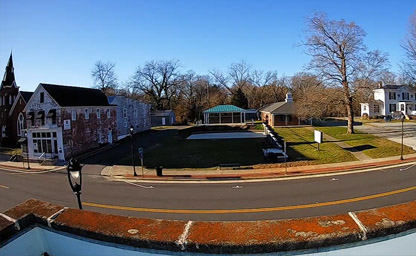
From the rolling fields of Southern Virginia Farm Country
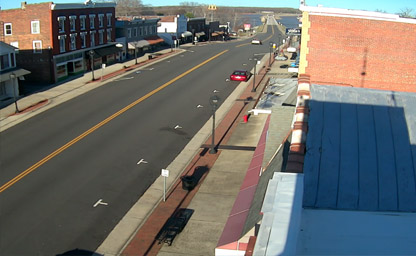
Clarksville Virginia is a great place to shop, play, work, and live

Nestled expertly into the rolling Virginia countryside
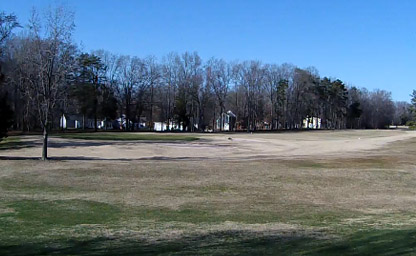
Conveniently located just 20 miles west of Richmond
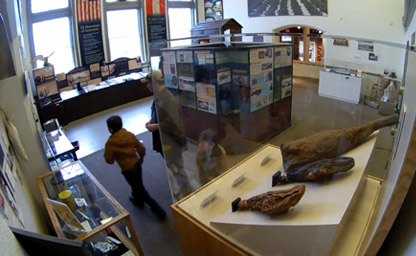
Isle of Wight County Division of Historic Resources
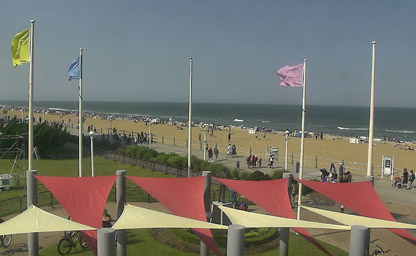
Check out what's happening at the 17th Street DQ, Virginia Beach
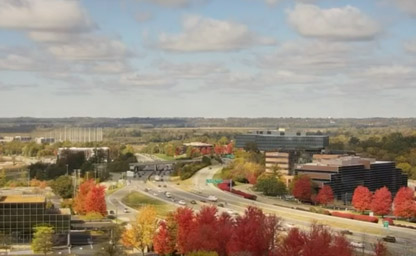
Nestled between the James and Appomattox Rivers
Live views from webcams in beautiful Virginia provide a real-time glimpse into the state’s rich history, scenic landscapes, and vibrant culture. From the rolling Blue Ridge Mountains to the sandy shores of the Atlantic, these cameras showcase the diverse charm of the Old Dominion.
Nature lovers can enjoy live feeds from iconic locations such as Shenandoah National Park, the Appalachian Trail, and the Chesapeake Bay. These webcams highlight breathtaking mountain vistas, serene waterways, and the state’s abundant wildlife.
Webcams in historic towns like Williamsburg, Charlottesville, and Alexandria offer views of cobblestone streets, colonial-era architecture, and cultural landmarks. These feeds provide a window into Virginia’s storied past and lively present.
For a look at urban energy, live cameras in cities such as Richmond, Norfolk, and Virginia Beach capture bustling downtowns, waterfront scenes, and vibrant community events. From festivals to harbor views, these webcams showcase the dynamic life of Virginia’s cities.
Seasonal changes bring a unique beauty to Virginia’s landscapes. From the brilliant fall foliage in the mountains to spring blooms in the countryside, and from snowy winter scenes to sunny summer beaches, each season offers something new to enjoy through the state’s live webcams.
Whether you’re planning a visit, exploring Virginia’s history, or admiring its natural beauty, live views from webcams provide a captivating way to connect with all that this stunning state has to offer.
Virginia, often referred to as the “Mother of Presidents” for producing eight U.S. presidents, holds a pivotal place in the history of the United States. Its rich heritage dates back thousands of years, beginning with the indigenous Powhatan Confederacy, which was comprised of several Native American tribes that thrived in the region. These tribes developed intricate social structures and relied on the region’s fertile land and abundant waterways for agriculture and trade.
European settlement began in earnest in 1607 when English colonists established Jamestown, the first permanent English settlement in the Americas. This event marked the beginning of the colonial era and set the stage for Virginia’s development as an economic and political hub. Tobacco quickly became the colony’s economic lifeline, driving agricultural expansion and the demand for labor, including the devastating introduction of African slavery in the Americas.
During the 18th century, Virginia played a central role in the American Revolution. The colony was home to some of the most influential figures of the era, including George Washington, Thomas Jefferson, Patrick Henry, and James Madison. The Virginia House of Burgesses, established in 1619, was the first representative legislative assembly in the Americas and served as a model for democratic governance. The Declaration of Independence, penned by Virginian Thomas Jefferson, and the eventual victory at Yorktown in 1781, where British General Cornwallis surrendered to the Continental Army, underscored Virginia’s critical role in achieving American independence.
In the 19th century, Virginia’s fortunes were shaped by the Civil War. The state seceded from the Union in 1861 and became a cornerstone of the Confederacy. Richmond, Virginia’s capital, was also the Confederate capital, and many pivotal battles, including the Seven Days Battles and the Battle of Fredericksburg, were fought on Virginian soil. The war’s end at Appomattox Court House, where General Robert E. Lee surrendered to Ulysses S. Grant in 1865, marked a turning point in U.S. history and Virginia’s transition into the post-war Reconstruction era.
The 20th century brought industrialization, urbanization, and a continued evolution of Virginia’s identity. Northern Virginia emerged as a bustling hub tied to Washington, D.C., with the growth of the federal government, defense industry, and technology sector. The state also became a focal point of the Civil Rights Movement, as leaders like Oliver Hill fought for desegregation and equality. Today, Virginia balances its deep historical roots with its status as a modern economic powerhouse, making it a fascinating place to explore for visitors interested in America’s past and present.
Virginia’s climate is classified as humid subtropical, with distinct seasonal variations that add to its appeal as a year-round destination. Its geographical diversity, ranging from the Atlantic coastline to the Appalachian Mountains, creates microclimates that cater to a wide range of preferences and activities.
Summers in Virginia are warm and humid, with average temperatures ranging from 25°C to 32°C (77°F to 90°F). Coastal areas, such as Virginia Beach, enjoy slightly cooler breezes from the Atlantic Ocean, making them popular summer destinations for swimming, sunbathing, and water sports. Inland regions, including Richmond and Charlottesville, can experience higher humidity levels, but summer is also the perfect time to explore the state’s vineyards and orchards.
Autumn is a magical time in Virginia, as the state’s forests burst into vibrant hues of red, orange, and gold. The Blue Ridge Parkway and Skyline Drive, which traverse the Blue Ridge Mountains, are among the best places to experience fall foliage. Temperatures during this season are mild, typically ranging from 10°C to 21°C (50°F to 70°F), making it ideal for outdoor activities like hiking, apple picking, and scenic drives.
Winters in Virginia are generally mild, especially in the eastern and central parts of the state. Average temperatures range from -1°C to 10°C (30°F to 50°F), though the Appalachian region often experiences colder temperatures and occasional snowfall, attracting skiers and snowboarders to resorts like Wintergreen and Massanutten. Coastal areas rarely see snow but offer serene, uncrowded beaches and charming seaside towns during the winter months.
Spring in Virginia is a season of renewal, with blooming flowers, budding trees, and pleasant temperatures ranging from 10°C to 22°C (50°F to 72°F). The state’s gardens and parks, such as those in Colonial Williamsburg and the Norfolk Botanical Garden, come alive with colorful displays of azaleas, dogwoods, and cherry blossoms. Spring is also festival season in Virginia, featuring events like the Virginia Arts Festival and the Shenandoah Apple Blossom Festival.
Overall, Virginia’s climate provides something for everyone, from summer beachgoers to winter sports enthusiasts. Its seasonal variety enhances its natural beauty and ensures there’s always a reason to visit.
Virginia’s geography is as diverse as its history, encompassing mountains, valleys, rivers, and coastlines that provide stunning landscapes and endless opportunities for outdoor recreation. Covering approximately 110,785 square kilometers (42,774 square miles), Virginia is bordered by five states—Maryland, West Virginia, Kentucky, Tennessee, and North Carolina—as well as Washington, D.C., and the Atlantic Ocean.
The western part of Virginia is dominated by the Appalachian Mountains, including the Blue Ridge Mountains and the Allegheny Mountains. These rugged ranges are part of the Appalachian Trail, which offers some of the most scenic hiking routes in the United States. Shenandoah National Park, located within the Blue Ridge Mountains, is a highlight of the region, known for its wildlife, waterfalls, and panoramic views along Skyline Drive.
The central part of the state features the Piedmont region, characterized by rolling hills, fertile farmland, and picturesque vineyards. This area is the heart of Virginia’s wine country, home to over 300 wineries that produce award-winning varietals. The Piedmont also includes historic sites like Monticello, Thomas Jefferson’s estate, and Civil War battlefields that draw history buffs.
The eastern portion of Virginia includes the Coastal Plain, also known as the Tidewater region. This area is defined by its proximity to the Atlantic Ocean and Chesapeake Bay, which shape its maritime culture and economy. The Chesapeake Bay is the largest estuary in the United States and supports a thriving seafood industry, particularly known for its blue crabs and oysters. The Tidewater region also includes major cities like Norfolk, home to the largest naval base in the world, and Virginia Beach, a popular destination for its sandy shores and vibrant boardwalk.
Virginia’s waterways are integral to its geography and history. The James River, York River, and Potomac River have played significant roles in transportation, trade, and military strategy throughout the centuries. Today, these rivers are cherished for their recreational opportunities, including kayaking, fishing, and boating.
Another remarkable geographic feature is Virginia’s karst landscape, particularly in the western region. This area is dotted with caves and caverns, such as the Luray Caverns, which are famous for their stunning stalactites and stalagmites. Visitors can explore these natural wonders while learning about the geological forces that shaped them over millions of years.
Virginia’s towns and cities are seamlessly integrated into its geography, offering a mix of urban amenities and access to nature. From the cobblestone streets of Alexandria to the modern skyline of Arlington, Virginia’s urban centers are rich in history and culture while remaining connected to the state’s natural beauty.
For an unforgettable experience, consider exploring Virginia’s rich Civil War history by following the Civil War Trails, a network of driving tours that guide visitors through battlefields, historic homes, and museums. Pair this with a scenic drive along the Blue Ridge Parkway to enjoy Virginia’s natural splendor alongside its storied past.
Here’s an interesting fact: Virginia is home to the first Thanksgiving in North America. While Plymouth, Massachusetts, is often credited with the tradition, the first official Thanksgiving celebration actually took place in 1619 at Berkeley Plantation, over a year before the Pilgrims arrived. This piece of history adds another layer of significance to Virginia’s place in American heritage.